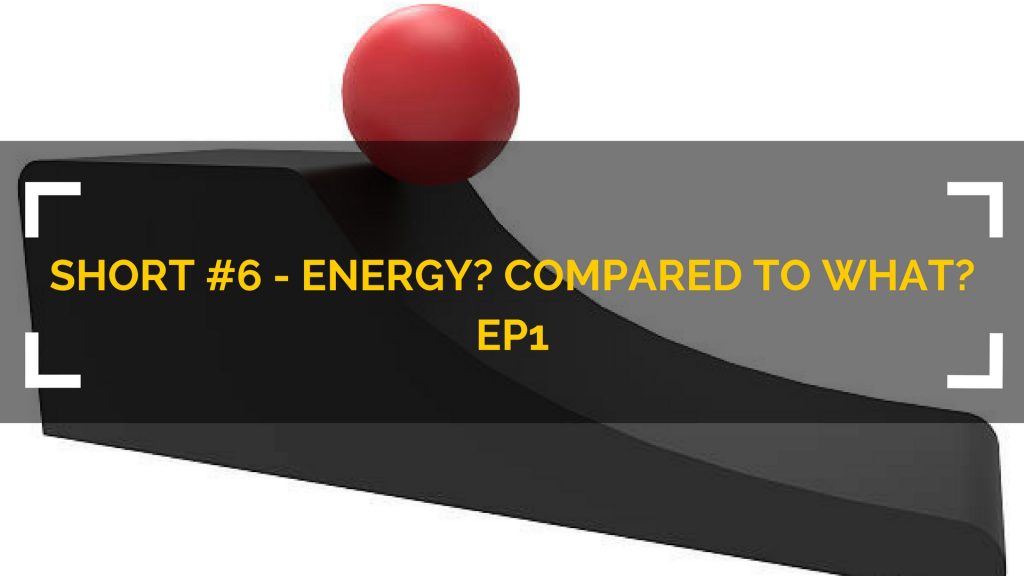Short #6 – Energy? Compared to What? EP1 (Podcast)

In this short podcast, we start the conversation about “Energy? Compared to What?” and explore several energy comparison examples.
When we think about energy, we can confuse some terms. For example, temperature and heat are related but NOT synonymous. Temperature is an average measurement of heat energy; when many molecules move at a bunch of different speeds, the temperature represents the average speed of those molecules. Temperature does NOT measure total heat content. Voltage and amperage are two more confusing terms, and they get even harder to understand and differentiate when you throw “power” around.
In most diagnostic cases, we usually measure things to compare them, such as using a voltmeter to measure a difference in electrical charges. We could compare the usage of a voltmeter to a temperature difference between two rooms. The wall between the rooms presents resistance between the temperatures of the two rooms (R-value, which affects energy transfer), and the voltage is analogous to the potential difference between the rooms.
In the HVAC industry, we can witness energy differentials in temperature, charges, and pressure. Resistance gets in the way of these differentials reaching equilibrium and must be accounted for in our readings. Resistance affects the rate of energy transfer; that resistance can show up as friction, R-value, and other values that affect the total amount of energy transferred.
Many techs also go wrong when they assume that a 120V blower motor draws twice as many amps as a 240V blower motor. In truth, the 240V blower requires twice as many amps to hit the same work target. In a 240V motor at 120V, it would draw far less amperage and result in less than half the usual horsepower.
If you have an iPhone, subscribe to the podcast HERE, and if you have an Android phone, subscribe HERE.
Author:









Comments
To leave a comment, you need to log in.
Log In